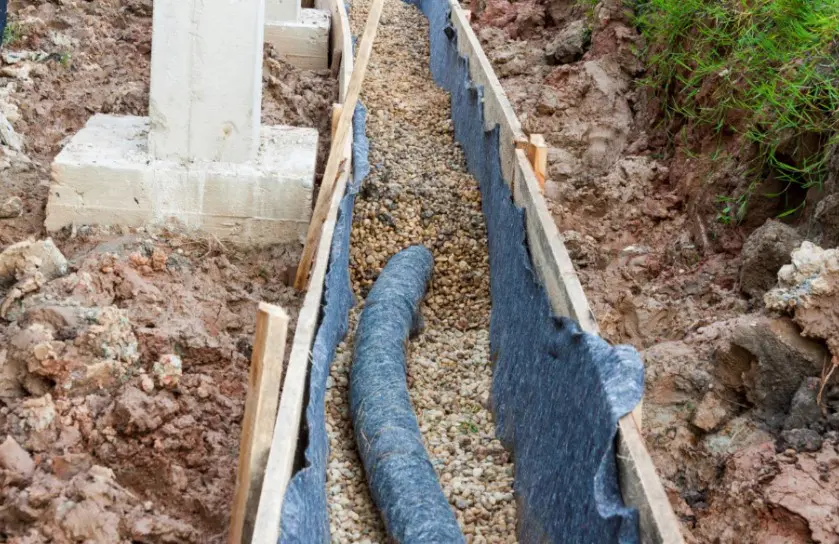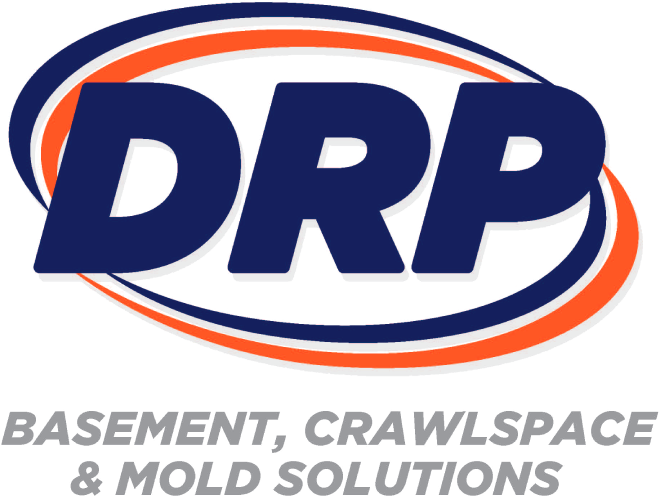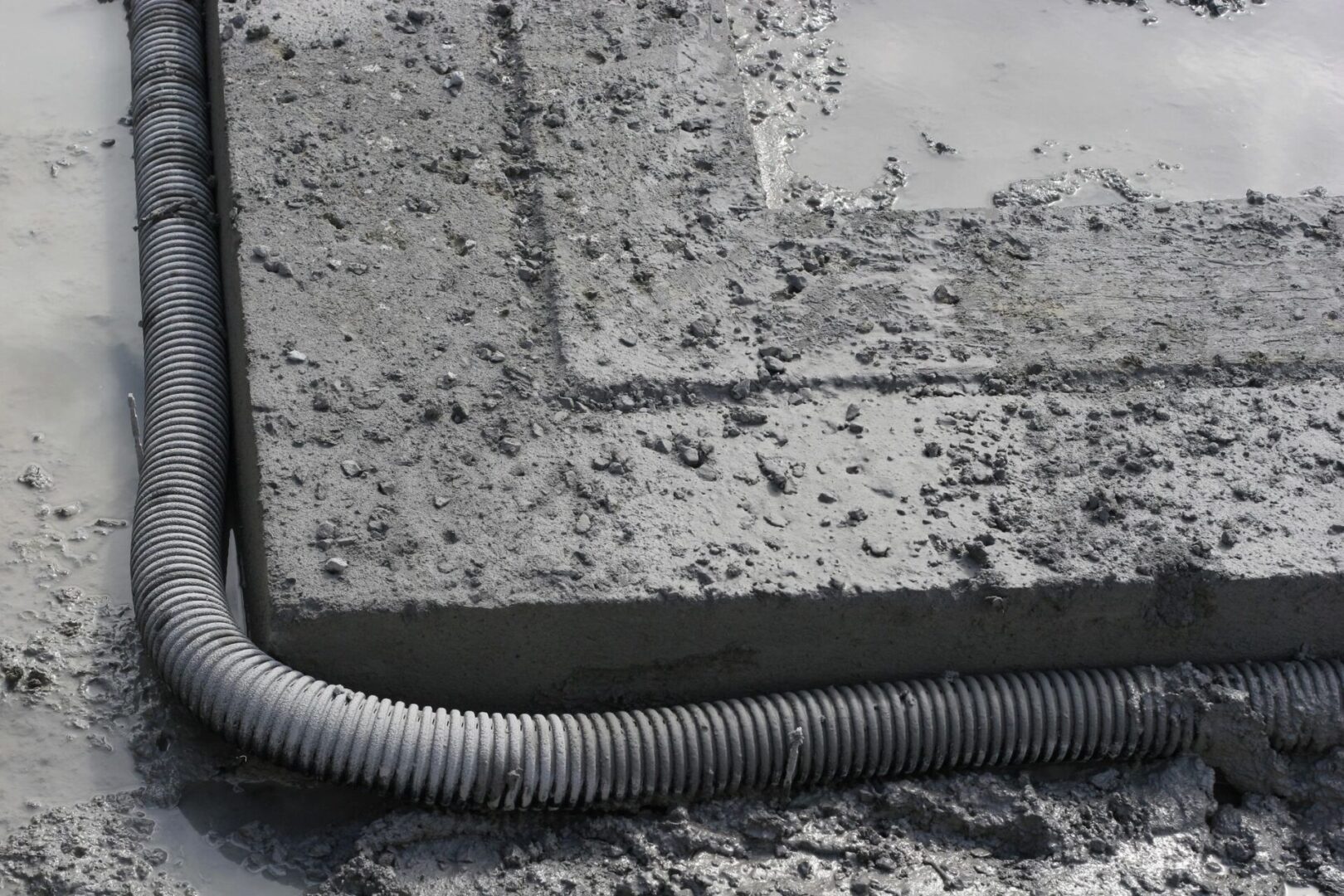Get a French Drain System for Your Home
If you are looking for a solution to drain water appropriately, a professionally installed French drain by Disaster Restoration Pros may be the right choice for you. It is a simple but elegant way to keep your home dry.
What Is a French Drain?
The French drain is a trench, dug with gravel or small stones to drain water from the area through a perforated pipe. French drainage can help homeowners prevent water from accumulating in their garden.
How French Drain Installation Works
- Plan and Mark the Trench
- Use the spray to mark a line or a taut wire between two small strips in the ground to mark the path you have chosen for the trench.
- Decide Where To Place the Waste Soil
- Do not lay it against the wall, as this will allow moisture to penetrate. You can integrate it into your landscaping project or, if you want to get rid of it, you have to rent a skip.
- Check the Depth of the Building Foundations
- The French drain should not be more profound than the foundations of nearby buildings, and if the foundations are shallow, the trench should be dug 1m from the wall.
- Plan Your French Drain Size
- Normally, a 200–300 mm wide trench is sufficient in most cases, but if you need to drain a lot of water, you may need a ditch up to 450 mm wide. The trench depth should be around 300–500 mm, and it should be dug so that it is inclined at a ratio of 1:50, which means that the trench should be lowered by 40 mm to a length of 2 meters.
- Digging the Trench
- It can be dug manually, or a mini excavator can be hired to facilitate it. The channel sides should be inclined at an angle of at least 45 degrees to the building, to ensure the stability of the surrounding ground.
- Laying a Solid Rock Base
- Before putting in the drainage pipes, it’s necessary to first lay down the proper size gravel or rock. This rock helps prevent dirt from settling and keeps your French drain working properly for many years.
- Lay the Drainage Pipes
- Laying the drainage pipes is one of the most important steps of this project. The pipes must be laid with the proper grade to ensure water runs smoothly and quickly in the direction we want it to flow—away from your house and foundation. Pipes are laid with holes in them to help absorb rain or runoff water.
- Cover the Drain
- Next, the rocks and drainage pipes should be re-covered with dirt. Because of the prolific clay material in the St. Louis soil, many times, we bring in topsoil to help new landscaping grow in and around the French drain.
- Landscaping
- The last and final piece to installing a French drain is to replant and replace any grass or landscaping.
Conclusion
Now that you know all about the French drain and the benefits of a French drain, you should have the information to determine whether this approach is appropriate for your drainage problem.
If you need help with any part of the process, contact your team at Disaster Restoration Pros, a professional French drain installation company serving the greater St. Louis area in both Missouri and Illinois.


